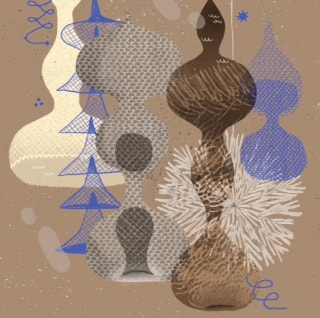|
My big news is I have a new book coming out in February 2025. Here is the notice from the Rights Report. Kate Jacobs while at Roaring Brook bought world rights to Sculpting a Life: The Story of Ruth Asawa, written by Caroline McAlister (l.) and illustrated by Jamie Green (Mushroom Rain); Emily Feinberg will edit. The picture book biography traces budding artist Asawa's journey from a Japanese American Incarceration camp to the legendary Black Mountain College, and, ultimately, to the creation of her iconic woven wire sculptures. Publication is set for 2025; Jennifer Mattson at Andrea Brown Literary Agency represented the author, and Chad W. Beckerman at the CAT Agency represented Green. Since the rights report came out, we have changed the title to “A Line Can Go Anywhere:” The Brilliant, Resilient Life of Ruth Asawa.
I am super jazzed about working with Jamie Green who illustrated the amazing Mushroom Rain. Check out Jamie’s work here: https://www.jamiegreenillustration.com/ Here are a couple of samples of what Jamie is planning for the book.
1 Comment
|
Caroline McAlisterCaroline is an avid reader, children's writer, and teacher. She lives in North Carolina with her husband and dog. Check out her bio for more! Archives
February 2024
Categories
All
|


 RSS Feed
RSS Feed